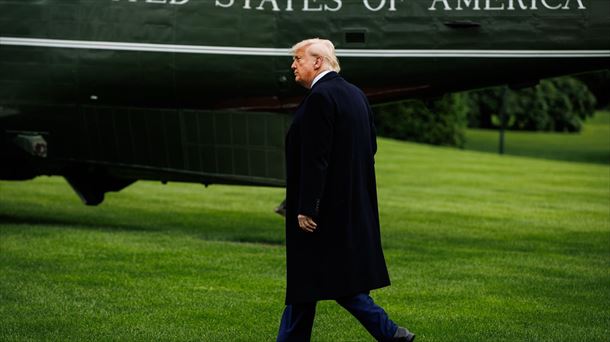Since January 1, there is a uniform system for separating waste throughout Austria. Now it’s even easier to get more people involved. In Vienna, for example, all plastic packaging can now be thrown in the yellow bin – and the next one is only 150 meters away on average.
This was described by Harald Hauke, CEO of Altstoff Recycling Austria (ARA), at a press conference in Vienna. Handy and simple – these are important drivers for waste separation. The potential of additional people that can be recruited is eleven percent.
ARA wants to exploit it, because the EU regulations on the circular economy provide for higher recycling percentages from 2025. When it comes to paper and glass, for example, Austria leads the way. But plastic has catching up to do and the quota should be doubled by 2025.
Climate protection is becoming increasingly important
For the third time since 2012, Integrale Marktforschung investigated behavior and attitudes towards waste separation on behalf of ARA. Across all Sinus-Milieu – groups with similar values and social situation – a common denominator is that climate protection is becoming increasingly important.
He is also “the main driver of waste separation”. “We need to use this new attitude to motivate even more people,” said Hauke. The growth potential of people willing to “pick up more segregated and a high degree of segregation discipline” accounts for 11 percent.
Nine out of ten people separate waste
Details from the survey: According to their own statements, nine out of ten people separate their waste, a total of 30 percent more than four years ago – especially the residents of Burgenland (43 percent) and young people. Only a small minority indicate that they now separate less waste than before, reports Bertram Barth, Managing Partner of Integral.
The main reason is the changed attitude towards climate protection (52 percent). Simpler collection systems (41 percent) and better information (39 percent) are also motivating. Respondents most often collect waste paper (89 percent), glass bottles (85 percent), old batteries (80 percent), defective electronic devices (80 percent) and plastic beverage bottles (79 percent) separately.
Who is not motivated?
The largest amounts of waste that are not separately collected come from two backgrounds that opinion polls classify as ‘bon vivants’ and ‘adaptive-pragmatic middle’. The second group – the “new mainstream” – is probably the most motivated. It covers 14 percent of the population or nearly 1.1 million people and is characterized by practicality and convenience.
Waste separation can function here as a simple contribution to the protection of the environment, as a precautionary measure for the future of the children and as contemporary and expedient. The standardization of the collection of plastic packaging in the yellow bin or yellow bag is an important step towards simplification and greater convenience, Hauke emphasises.
Bon vivants, on the other hand, could be won by digitization. The “Digi-Cycle” app not only provides information and service, but is also intended to serve the fun factor with bonuses. “Many people feel a great need to contribute to climate protection themselves,” says Barth. “Waste separation is a concrete contribution.”
Source: Krone
I am Wallace Jones, an experienced journalist. I specialize in writing for the world section of Today Times Live. With over a decade of experience, I have developed an eye for detail when it comes to reporting on local and global stories. My passion lies in uncovering the truth through my investigative skills and creating thought-provoking content that resonates with readers worldwide.



